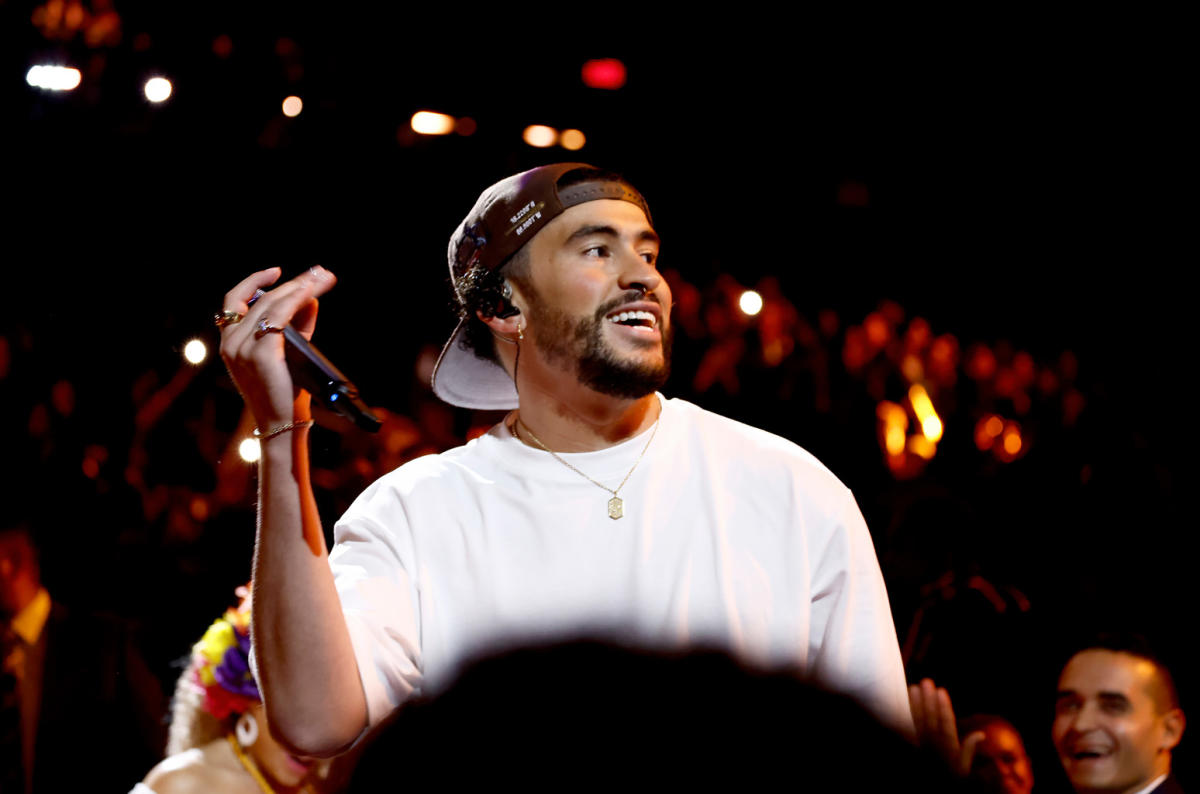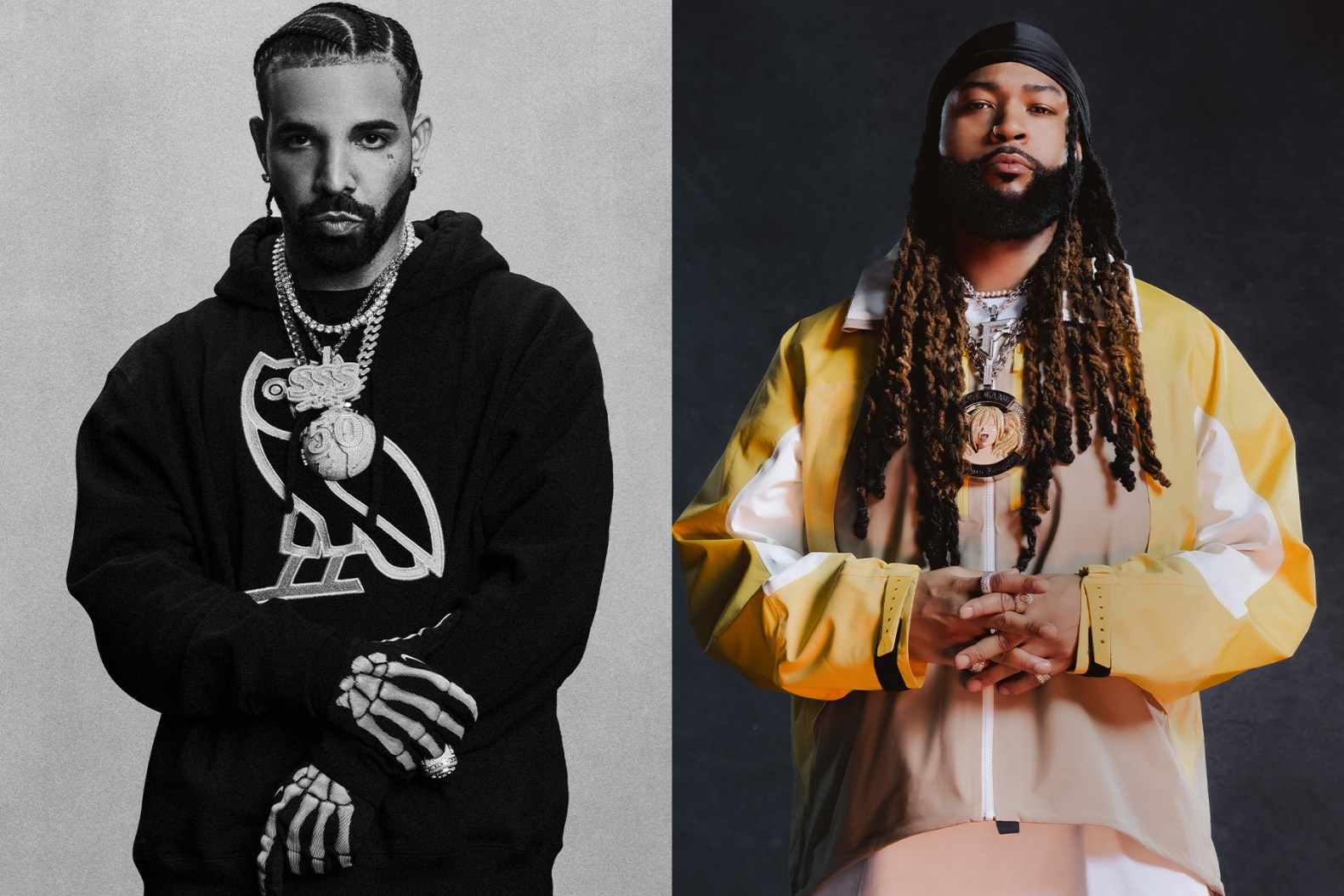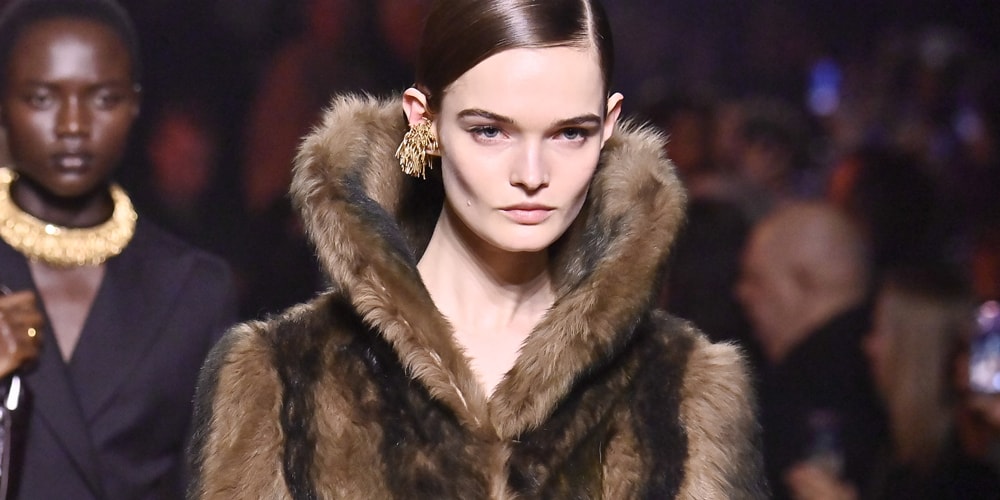Mexico City’s Art Week is an electrifying celebration of culture, heritage, and imagination. The city pulses with creative energy as it embraces both ancient influences and futuristic visions. Much like early-2000s Berlin, Mexico City radiates a chaotic yet mystical charm, where old-world beauty meets experimental ambition. Art emerges beyond conventional museum walls—appearing on the streets, in marketplaces, and unexpected corners of urban life. Iconic installations like Alexander Calder’s monumental sculpture near a stadium, Isamu Noguchi’s market wall, Salvador Dalí’s sculpture in a Polanco mall, and Mathias Goeritz’s stained glass in the Metropolitan Cathedral showcase the city’s rich interplay of art, architecture, and daily rhythm.
Ceramic artist Renata Petersen, originally from Guadalajara, highlights Mexico’s striking contrasts—how French Gothic, Baroque, and neoclassical churches stand tall while still preserving pre-Hispanic echoes in their foundations. This layering of visual narratives is a key trait of Mexico’s cultural identity, where every piece speaks to a lineage of both disruption and continuity.
The country’s artistic influence stretches far beyond its borders. Gallerist Hilario Galguera puts it eloquently: “Mexico is an idea, an idea that permeates everywhere.” The surrealists knew this well—Salvador Dalí and André Breton drew inspiration from Mexico’s dreamlike symbols and philosophies. As the city gears up for Art Week, pale indigo colors begin to flood its neighborhoods in anticipation of five dazzling days, from February 5 to 9, when over 90 venues bring Mexico’s evolving art story to life.
Galguera, instrumental in pushing Mexican art into the global contemporary scene, recalls the days when muralism was dominant. He exhibited groundbreaking international artists like Donald Judd and Robert Rauschenberg in Mexico long before global exchange became the norm. This year, his gallery features a unique collaboration between Issa Salliander and Den of Wolves, merging hand-painted art with the pixelated aesthetics of video games—another bold stride toward the future.
Zona Maco, Latin America’s largest art fair, expects over 80,000 attendees this year. The fair is a melting pot of environmental consciousness, digital innovation, and Latin American identity. Founder Zélika Garcia notes the growing presence of emerging voices and experimental media, reflecting a new generation that is shaping the artistic landscape with courage and curiosity.
Museo Jumex hosts Gabriel Orozco’s long-awaited return to Mexico with a retrospective of nearly 300 works spanning photography, sculpture, painting, and video. Among them is the provocative “Empty Shoe Box” (1993), a piece that stirred debate across global institutions like Tate Modern, MoMA, and the Venice Biennale.
The Olivia Foundation in Roma Norte presents “Woman in a Rowboat,” an exhibition of postwar abstraction featuring giants like Willem de Kooning and Anselm Kiefer alongside rising stars like Anna Weyant. Artist Sabine Moritz also debuts her first solo show in Mexico with “Ara,” a deeply personal exploration of memory and place.
La Metropolitana, a Mexican design studio known for its exquisite furniture, teams up with performance art legend Marina Abramović for “Elephant in the Room.” The exhibit features handcrafted chairs made of cocobolo, Rosa Morada wood, and reclaimed copper—marking Abramović’s debut in the design realm.
Kurimanzutto’s “Arcane Abstractions” by Haegue Yang reimagines cultural tools and traditions, while “Masa x Luhring Augustine Vol. 2” features dynamic collaborations between Mexican artists and international names like Alma Allen, Pipilotti Rist, and Renata Petersen herself.
At Museo Anahuacalli, artists Paloma Contreras Lomas and Carolina Fusilier turn the space into a surreal horror film set in “¿Cómo se escribe muerte al sur?”—an immersive look into death and decay. Meanwhile, Bosco Sodi’s studio at Sabino 336 exhibits his monumental works made from sawdust, glue, and water, celebrating the imperfect beauty of raw materiality. His partnership with Casa Wabi Foundation supports ecological awareness through civic engagement.
Finally, at the emerging gallery JO-HS, artist Jo Dennis presents “A Glass of Absinthe,” using unconventional materials like military tents and bedsheets to reflect on mortality and human experience through tactile storytelling.
Mexico City’s Art Week is more than a cultural calendar highlight—it is a declaration of artistic identity and a beacon of Mexico’s global influence. Across galleries, museums, and unconventional spaces, the city reveals itself as a living exhibition of past, present, and the possibilities of tomorrow.







/cdn.vox-cdn.com/uploads/chorus_image/image/73969715/2154371970.0.jpg)
